Eurozone PMI manufacturing was finalized at 52.0 in October, down from prior month’s 53.2. Markit noted “fall in order books as exports decline for the first time in nearly five-and-a-half years”. Also, “trade concerns push confidence down to lowest level since December 2012”.
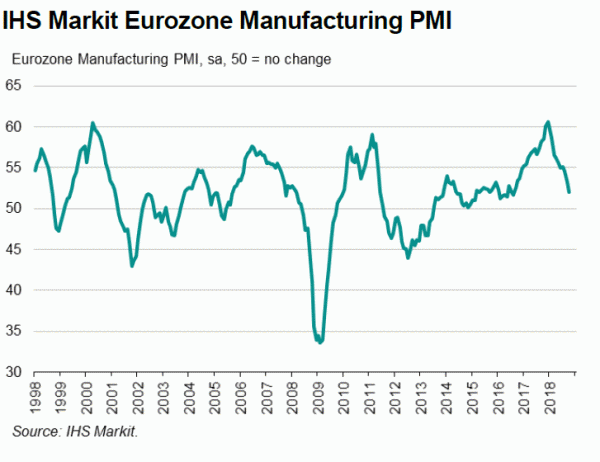
Among the countries, Italy PMI manufacturing dropped to contraction at 49.2, hit a 46-month low. France reading dropped to 51.2, a 25-month low. German reading dropped to 52.2, a 29-month low.
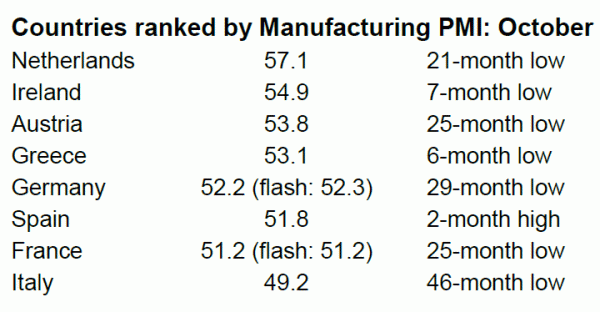
Commenting on the final Manufacturing PMI data, Chris Williamson, Chief Business Economist at IHS Markit said:
“Concerns about the Eurozone manufacturing sector intensified at the start of the fourth quarter. The headline PMI fell to its lowest since August 2016, signalling a further slowing in the rate of expansion. New orders fell into decline for the first time in almost four years as trade woes escalated. Export sales fell for the first time in over five years.
“Moreover, the survey suggests that the manufacturing sector could contract in the fourth quarter unless the data revive in coming months. However, with backlogs of work falling for a second successive month, and business expectations sliding to the lowest for nearly six years, risks seem firmly tilted towards the downside heading towards the end of the year.
“While there was some evidence that the autos sector acted as a drag again in October, with car makers struggling with new emission regulations, the manufacturing sector’s problems look broadbased. Growing risk aversion, linked in turn to worries about the global economic environment, trade war worries, political uncertainty and rising prices, appears to be hitting demand for a wide variety of goods. The steepest drop in output and orders was seen in the intermediate goods sector, which comprises suppliers of inputs to other manufacturers.
“The combination of destocking, deteriorating order books and drop in business optimism will add to concerns that growth risks are shifting to the downside rather than being “broadly balanced”, as indicated by the ECB.”
Full release here.




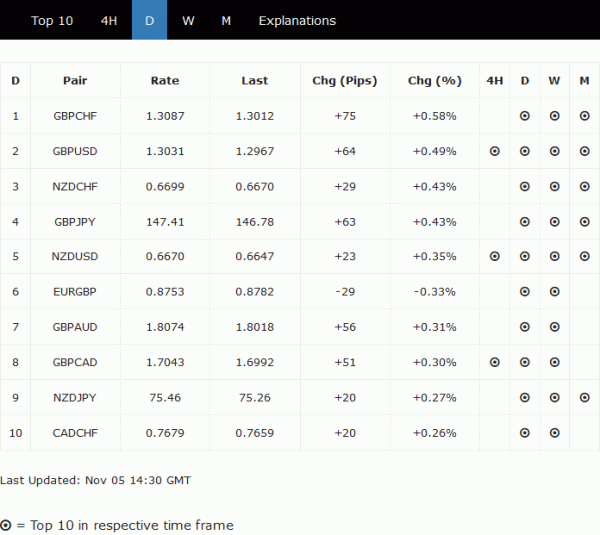
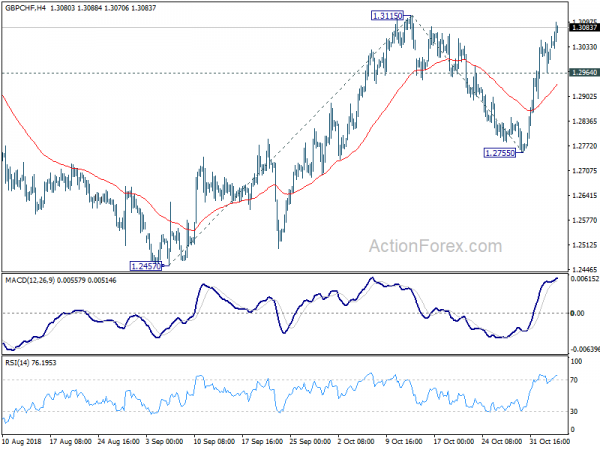
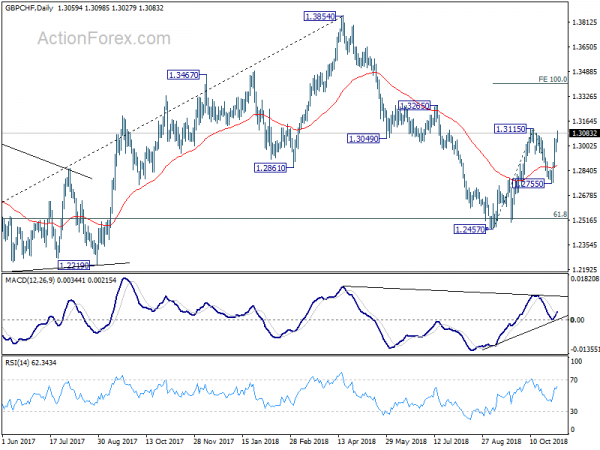
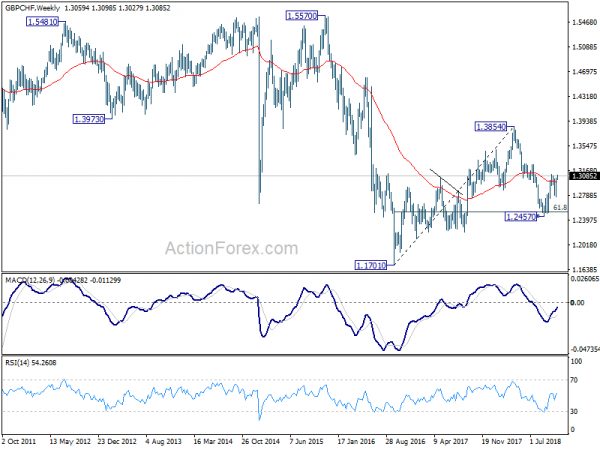
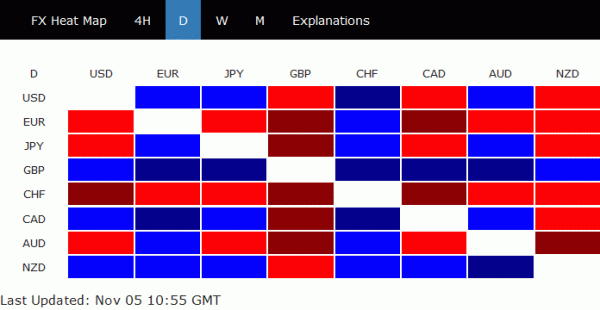
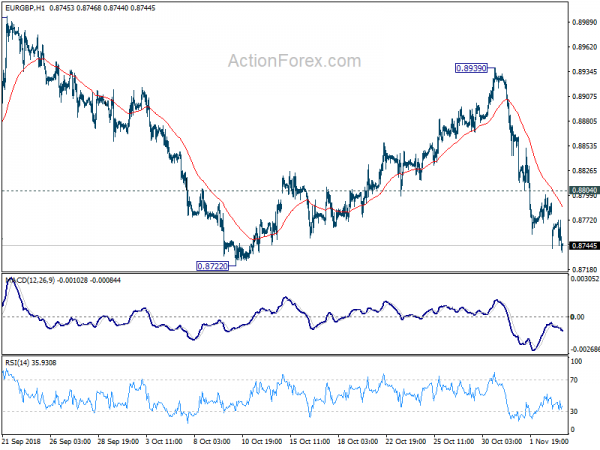
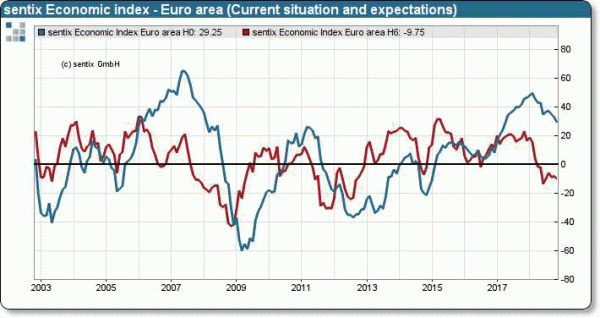
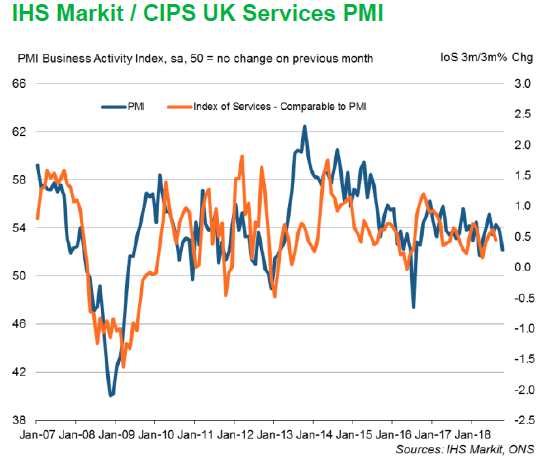
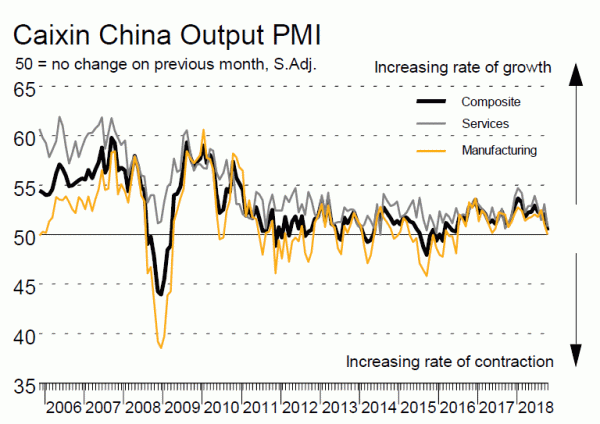
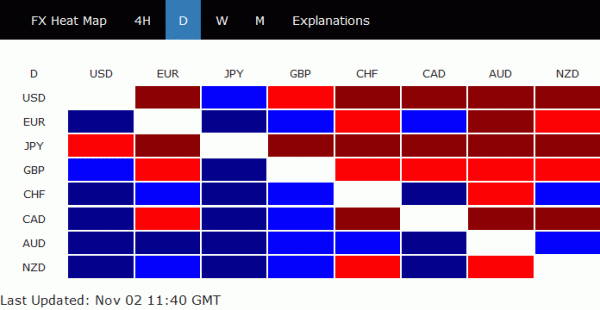
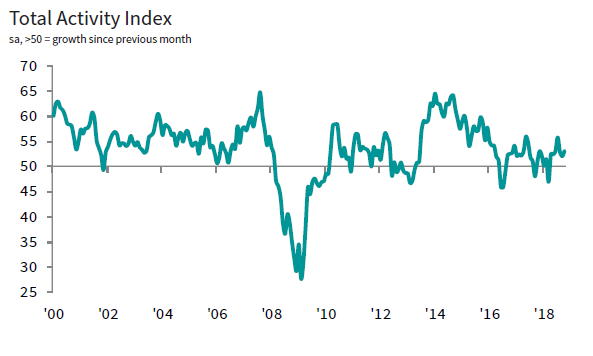


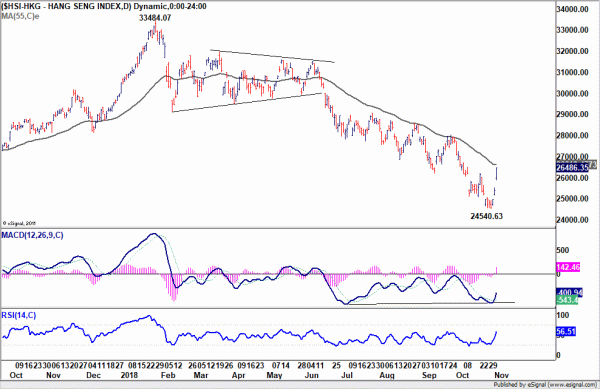
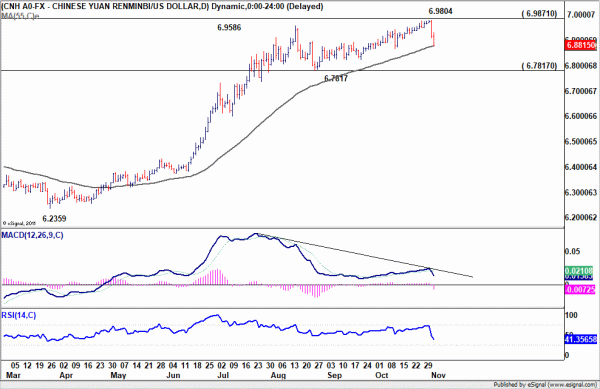
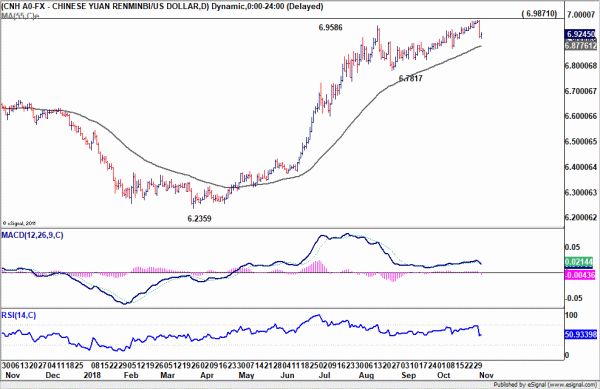

European Parliament Trade Committee approved EU-Japan trade deal, timely signal in support of open, fair, values-based and rules-based trade
The European Parliament’s international trade committee voted 25-10 today to approve the EU-Japan trade deal signed back in July 17, 2018. The deal could now be sent to the full chamber for a vote in December plenary session. And, if it’s approved, the deal could enter into force as soon as the Japanese Diet ratifies it.
In short, the EU-Japan trade deal will create a trade zone of 600m people, covering a third of of global GDP and around 40% of global trade. Eventually, the deal will remove almost all customs duties, worth roughly EUR 1B annually on European products and services exported to Japan.
The European Parliament’s Trade Committee MEPs emphasized that the agreement “represents a timely signal in support of open, fair, values-based and rules-based trade, while promoting high standards, at a time of serious protectionist challenges to the international order”.
Full European Parliament release here.